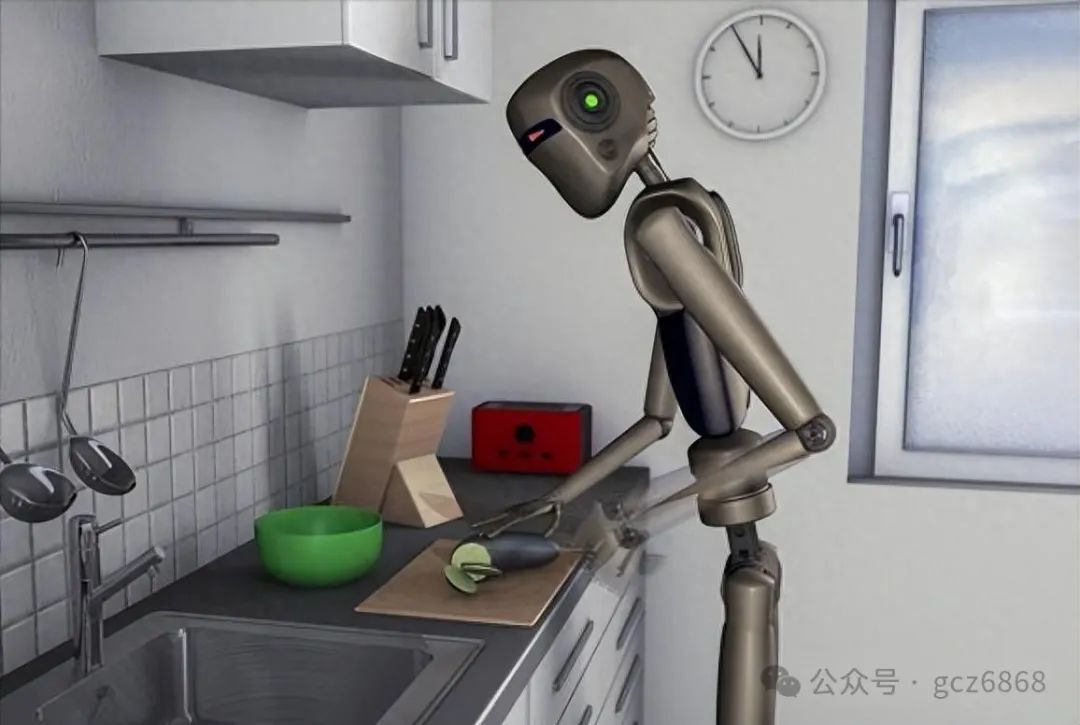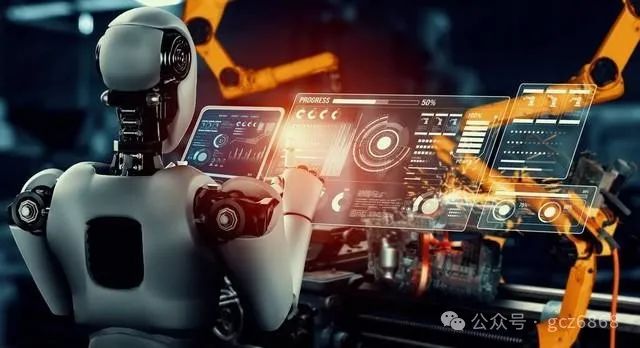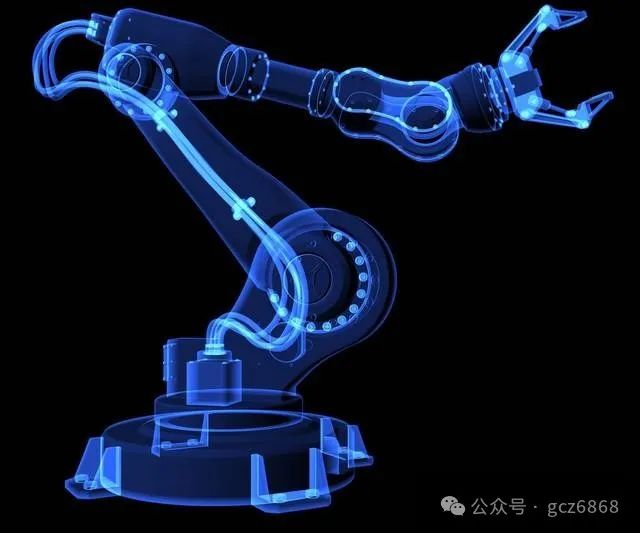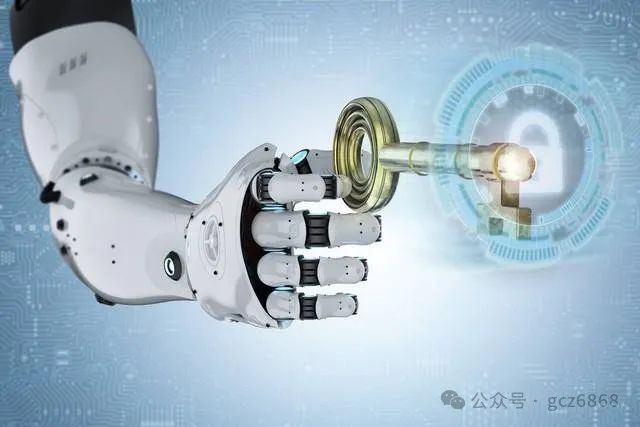With the rapid development of technology, housework robots have become the new favorites of modern families. These robots can help people complete various household tasks, such as cleaning, cooking, and laundry, greatly improving people’s quality of life. So, how can we produce a robot that can do housework?

First, we need to clarify the functional requirements of the housework robot. A qualified housework robot should have various functions, such as autonomous navigation, object recognition, human-computer interaction, and intelligent control. The realization of these functions relies on advanced sensors, algorithms, and control technologies. Therefore, the R&D team needs to have a deep understanding of the principles and applications of various technologies to ensure that the robot can accurately and efficiently complete various household tasks.

Secondly, hardware design is key to producing a housework robot. The robot needs to have flexible joints, a stable mobile platform, and an efficient energy supply system. At the same time, the robot’s appearance design also needs to conform to ergonomic and aesthetic principles to better integrate into the home environment. During the hardware design process, we also need to consider the robot’s maintainability, safety, and scalability to ensure it can operate stably and reliably in actual use.

Next, software programming is crucial for realizing the robot’s functions. We need to write various algorithms for the robot to achieve autonomous navigation, object recognition, human-computer interaction, and other functions. These algorithms need to be trained and optimized based on a large amount of data to ensure that the robot can perform excellently in various complex scenarios. At the same time, we also need to design a user-friendly interface to allow users to easily interact with the robot, thereby enhancing the user experience.

During the production process, quality control is an indispensable part. We need to conduct strict quality inspections on each component to ensure they meet design requirements. At the same time, we also need to conduct comprehensive functional tests on the robot to ensure it can operate stably and reliably in actual use. Only through strict quality control can we produce high-quality housework robots.

In addition, with the continuous development of artificial intelligence technology, housework robots will become increasingly intelligent. Future housework robots will have stronger learning and adaptation capabilities, able to learn and adjust autonomously based on users’ needs and habits. This will make housework robots more suitable for home environments, providing users with a more convenient and comfortable living experience.

In summary, producing a robot that can do housework requires multi-faceted technical support and meticulous craftsmanship. Only by comprehensively considering functional requirements, hardware design, software programming, and quality control can we successfully create an efficient, intelligent, and practical housework robot. With the continuous advancement of technology and the expanding market, housework robots will become valuable assistants for more families in the future, creating a better life for people.